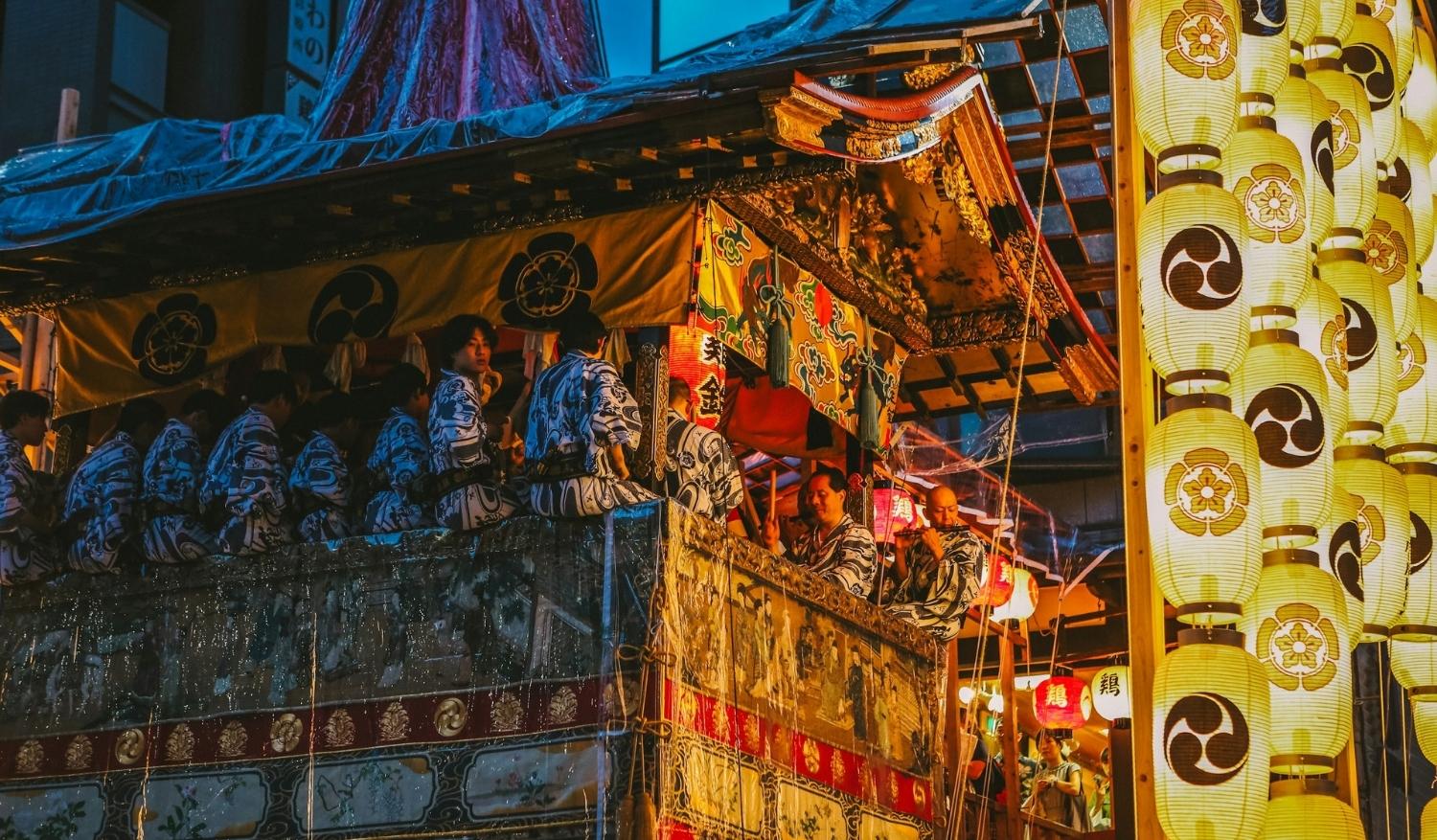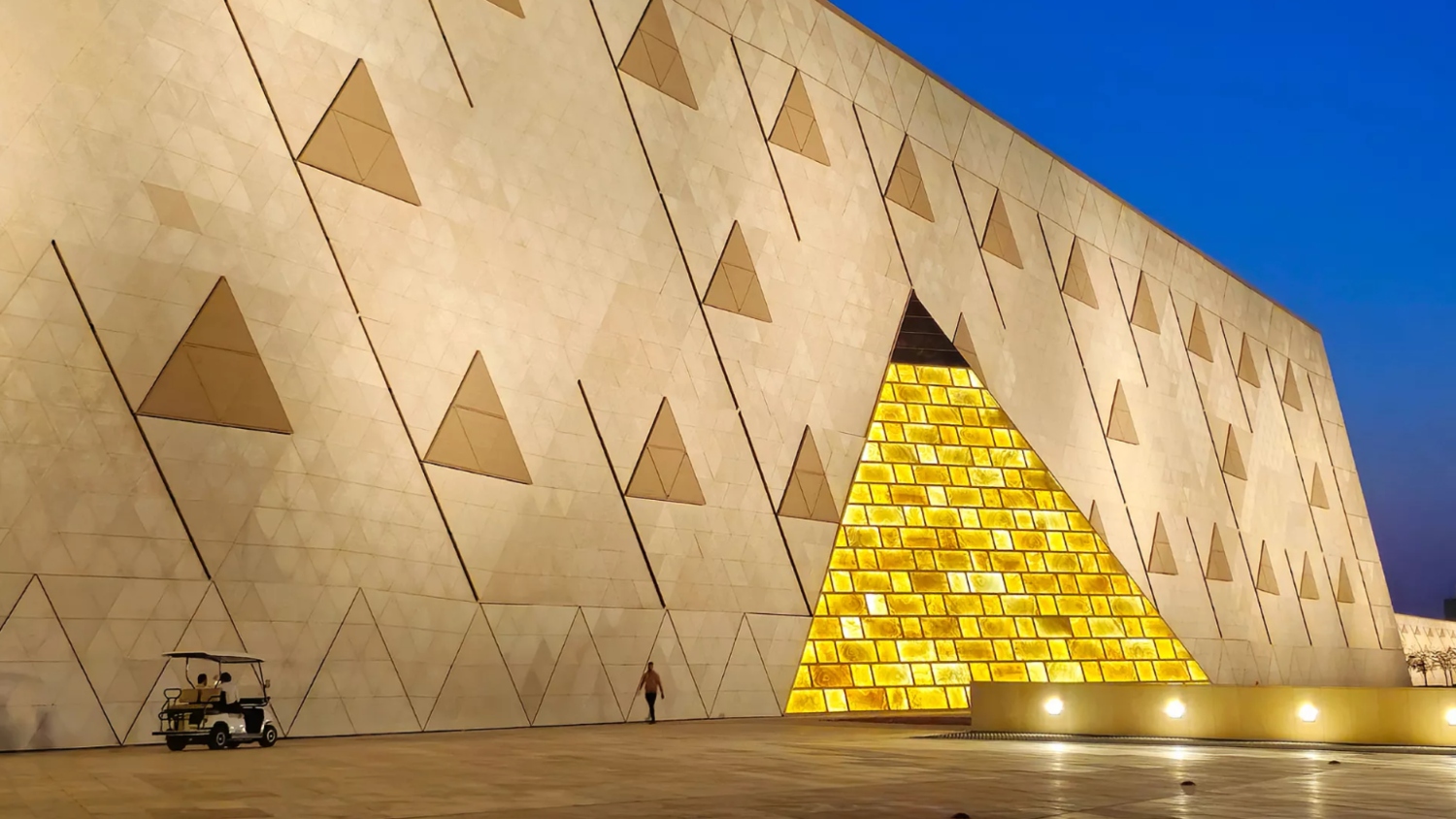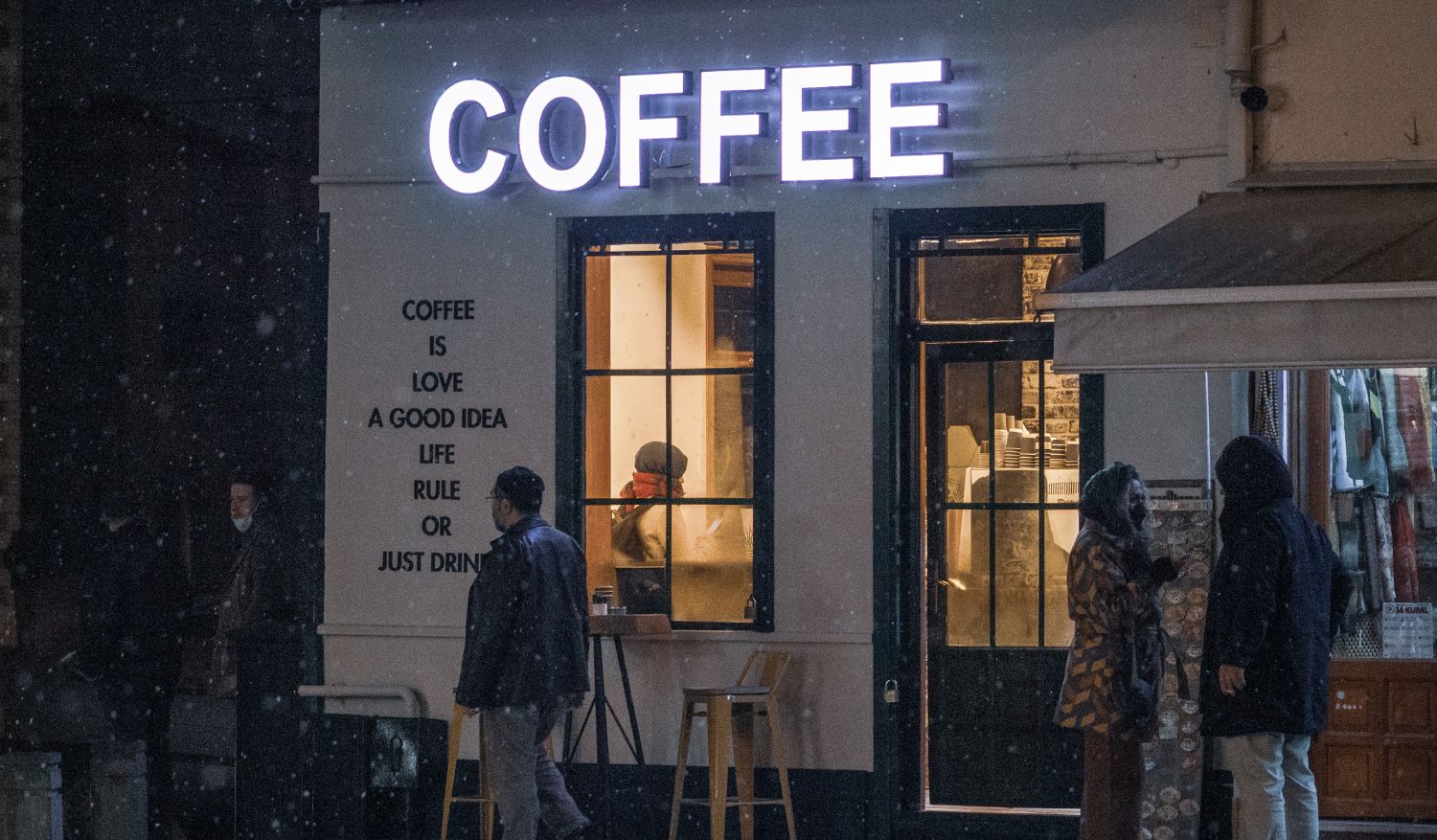Gion Matsuri is not merely a spectacle. It is a portal into Japan’s spiritual heart, where tradition, devotion, and seasonal ritual blend into a month-long reminder that summer festivals are as much about purification as they are celebration. Each summer, Kyoto becomes a stage for one of the most enduring and evocative traditions in Japanese culture.
Held throughout the month of July, Gion Matsuri is an annual festival that unfolds dialogue between past and present, community, and cosmos. Rooted in centuries of belief and ritual, it reveals how summer festivals in Japan are imbued with a sense of spiritual renewal.
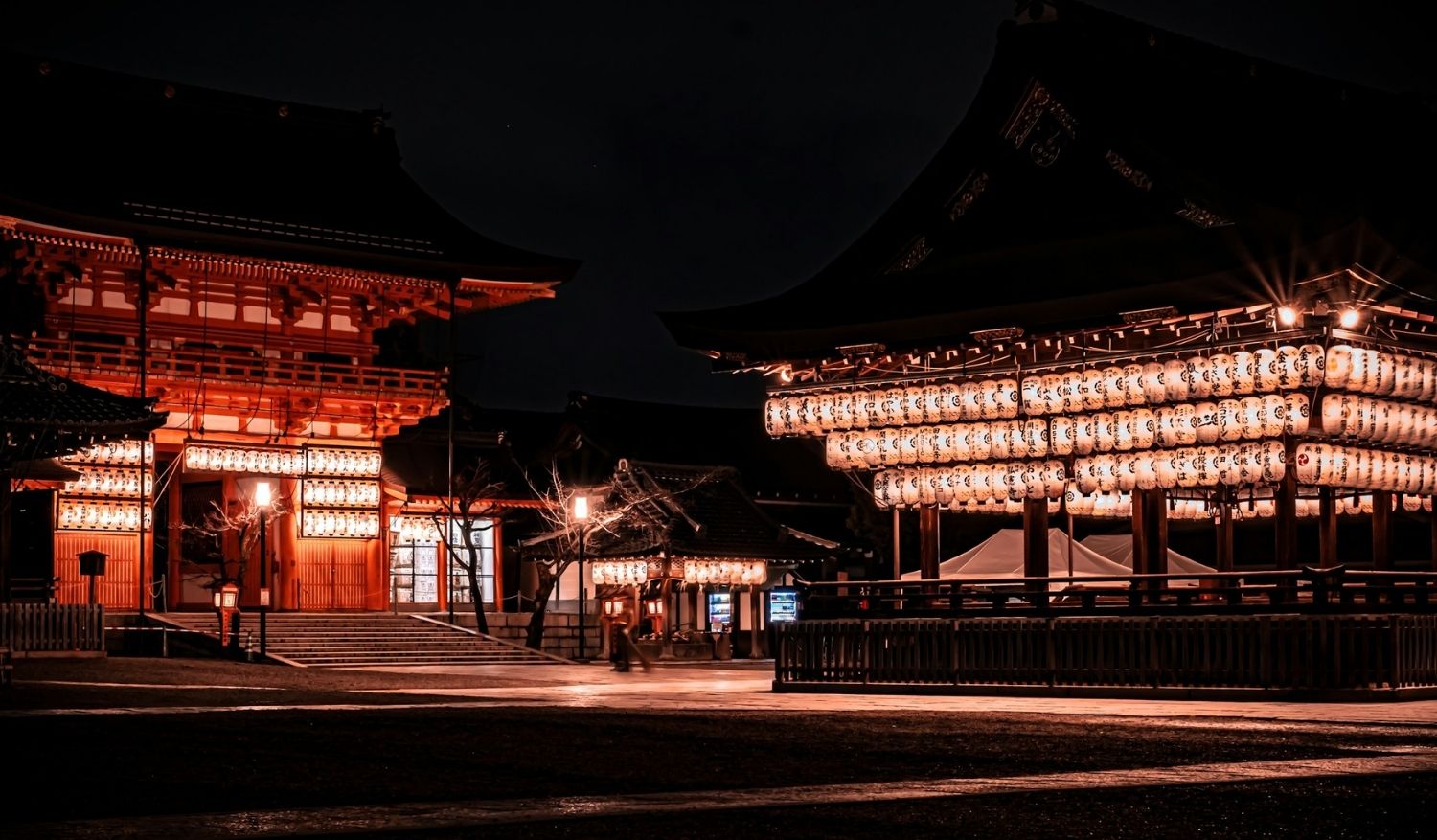
A City Transformed
At the height of Gion Matsuri, Kyoto ceases to be a modern city and instead becomes a living museum of Heian-period customs. Towering floats known as yamaboko are pulled through the streets in a slow, deliberate procession, each one intricately decorated with tapestries, woodwork, and gilded details that echo the aesthetics of imperial Japan. Yet these floats are not static art pieces, they are sacred vessels meant to cleanse the city of pestilence and misfortune.
This act of purification lies at the heart of Gion Matsuri. Its origins date back to 869 AD, when a deadly plague swept across the capital. In response, the emperor ordered 66 halberds – representing the provinces of Japan – to be erected at Yasaka Shrine, accompanied by ritual processions to appease the gods. The tradition has evolved over the centuries, but its core purpose remains unchanged: to expel evil and invite blessings.
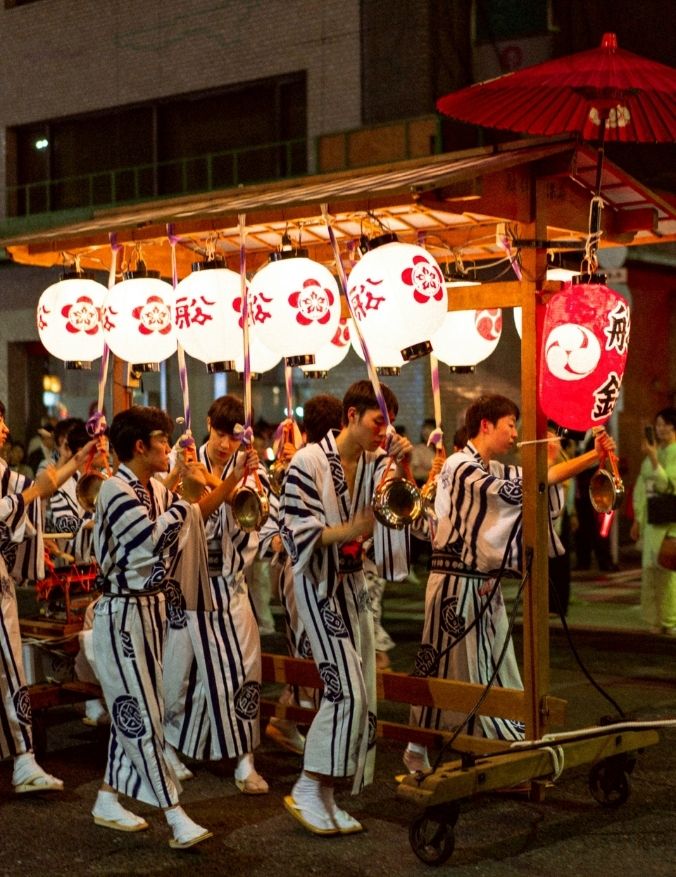
The Invisible Threads of Belief
Though it attracts hundreds of thousands of spectators annually, the spiritual dimension of Gion Matsuri can be easy to overlook amidst the photo-worthy floats and food stalls. Yet beneath the revelry lies a deep reverence for kami – Shinto deities believed to inhabit natural forces and protect human communities. The floats themselves act as portable shrines, housing sacred artefacts and guiding spirits through the streets to witness and bless the people.
It is this intermingling of tangible celebration and intangible faith that defines the festival. As the floats roll across the city on 17 and 24 July – known as the Yamaboko Junko – the crowds are not merely spectators but participants in an act of collective spiritual maintenance. The very act of watching, chanting, or offering prayers becomes part of a communal ritual to restore harmony.
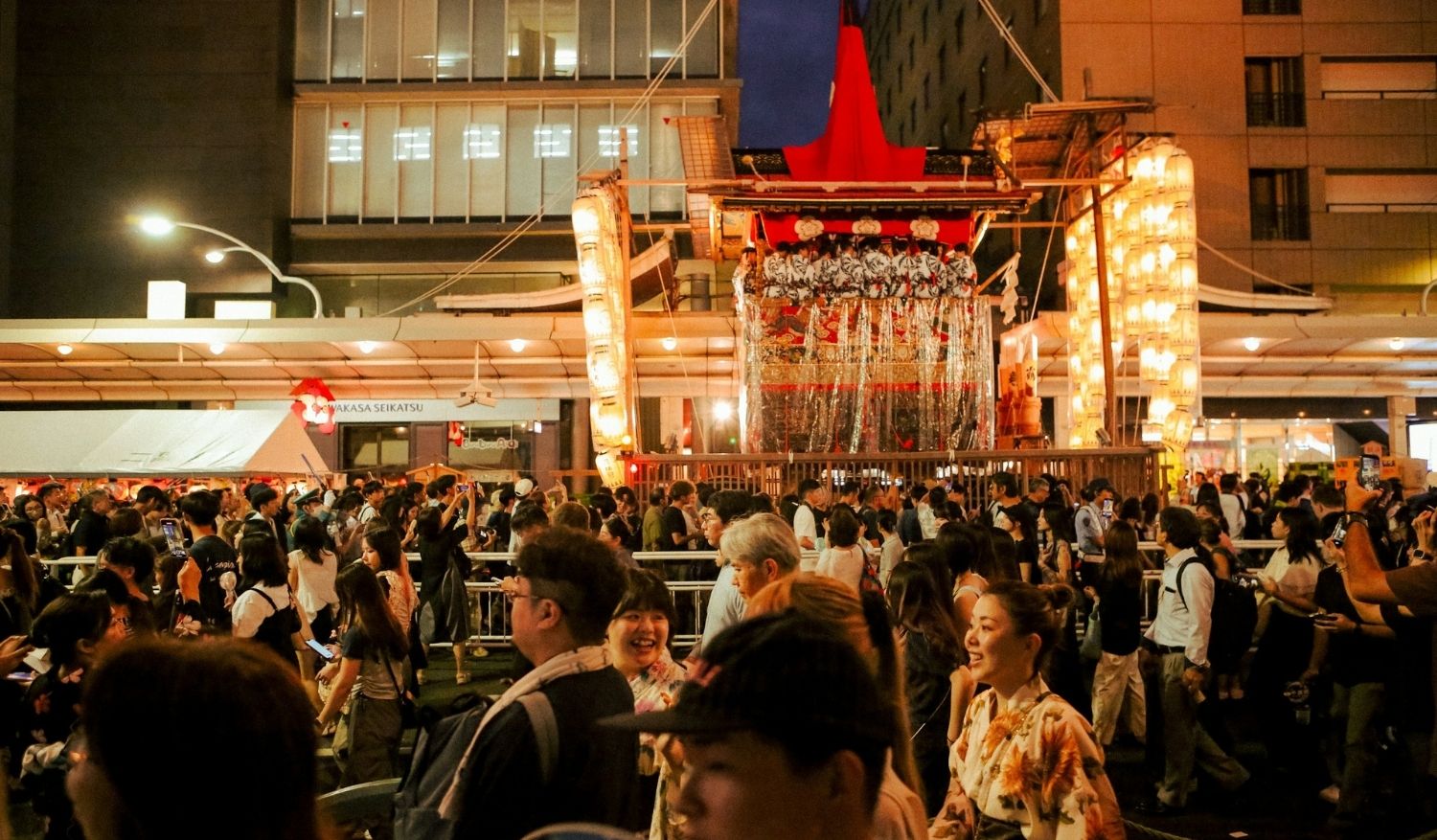
The Rhythm of the Seasons
Summer festivals across Japan echo similar themes. From Nebuta in Aomori to Tenjin in Osaka, these gatherings offer not only cultural preservation but seasonal recalibration. They are tied to agricultural cycles, celestial calendars, and ancestral rites. The heat of summer, once a time of disease and crop vulnerability, is ritually managed through dance, music, and light.
In Kyoto, the oppressive humidity of July is punctuated by the beating of taiko drums and the flicker of lanterns. Despite modern air-conditioning and smartphones, the emotional tempo of the city is reset by these age-old rhythms. For locals, participation in Gion Matsuri is often a family inheritance, passed down through generations, grounding them in time and place.
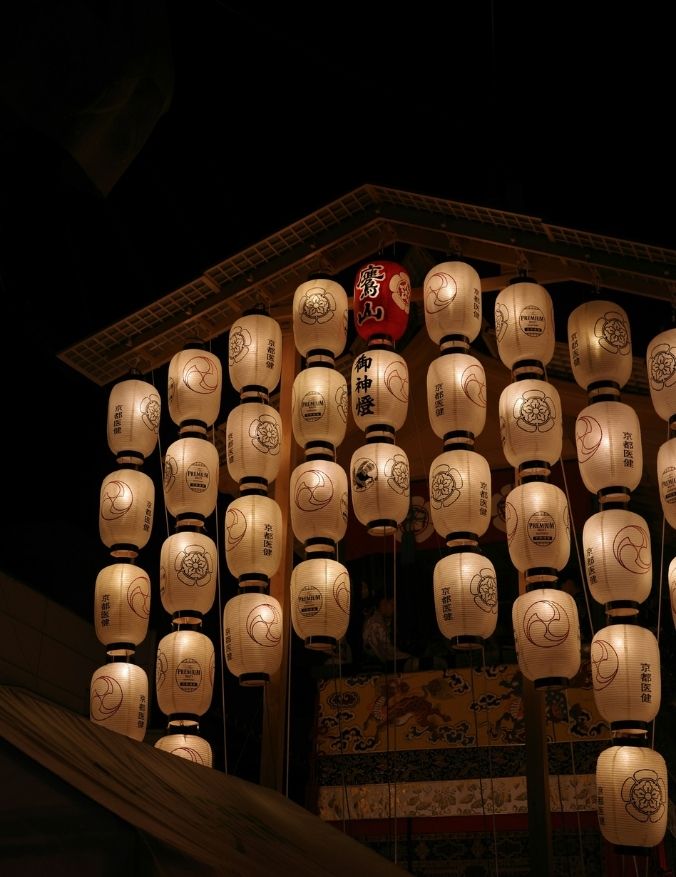
A Festival in Layers
Gion Matsuri is not confined to the famous float parades. For those who look closer, it reveals itself in quiet moments: the silent offerings made at Yasaka Shrine, the handcrafted charms sold at makeshift stalls, and the meticulous preparations carried out by local neighbourhoods. Each cho (district) is responsible for its float, investing months of labour and ceremony into its completion.
This decentralised structure reinforces the communal nature of the festival. Even in a bustling city, the neighbourhood remains the beating heart of participation. The children rehearsing chants, the elders stitching tapestries, and the artisans restoring wooden wheels all contribute to a shared spiritual purpose. It is a mosaic of human devotion, choreographed across time.
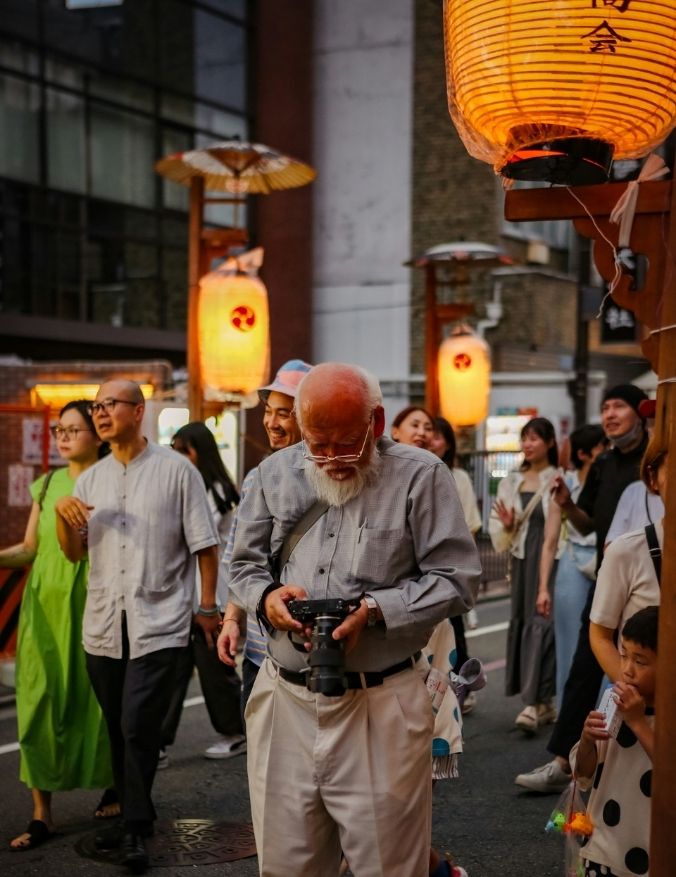
Beyond the Visual
For travellers, it is tempting to experience Gion Matsuri through the lens of spectacle. But to truly engage with its spiritual power requires more than sightseeing. Take a moment to pause at dusk, when the lanterns first light. Listen to the ancient intonations of gion-bayashi music. Observe how residents bow before the floats. These are not performances – they are acts of reverence that invite participation, not applause.
Summer festivals like Gion Matsuri remind us that tradition is not something preserved behind glass. It lives, breathes, and gathers meaning through each generation that chooses to honour it. In the humid glow of Kyoto’s July evenings, it is possible to witness not only a city celebrating its heritage, but a community enacting a sacred rhythm of renewal.
For more summer festivals, read them here.


